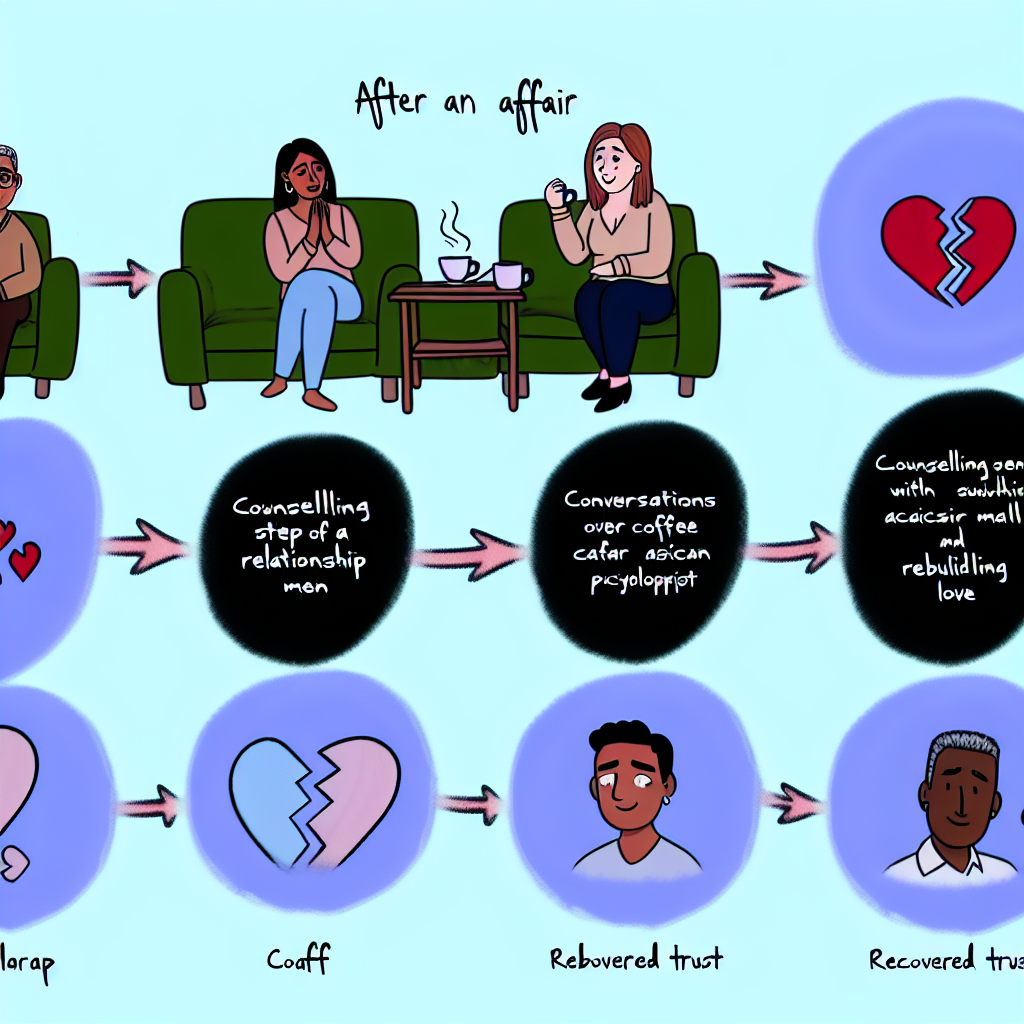Here is the blog post with the requested changes:
The ‘No Contact Rule’ in Dating Recovery: Does It Really Work?
Breakups may feel like the end of the world, but what if cutting off all contact is actually the key to healing?
Breakups Hurt—But Is No Contact the Secret to Healing?
Breakups are never easy. Whether you’re 18 or in your 80s, navigating the turmoil of a romantic split can feel like standing at the epicenter of emotional chaos. Amidst grief, confusion, and an overwhelming sense of loss, individuals of all ages often look for strategies to mend and move forward. One of the most widely discussed and recommended methods in modern dating psychology is the “No Contact Rule.” But does it truly work, or is it just another dating trend propagated by online forums and social media?
The No Contact Rule refers to a decision—temporary or permanent—not to interact with an ex-partner following a breakup. That means no calls, no texts, no social media interactions, and definitely no casual meetups “just to talk.” This strategy is built on the idea that space and time are essential to healing emotionally, building self-worth, and gaining clarity about the relationship. Proponents argue that by halting communication entirely, one can break emotionally unhealthy cycles and gain the confidence needed to either move on or rebuild the relationship from a healthier foundation.
This technique has gained traction in popular culture thanks to dating coaches, relationship blogs, and YouTube channels that swear by its effectiveness. However, its origins trace back to psychological theories of attachment, emotional dependency, and grieving processes. Whether someone is emerging from a few-months-long casual relationship or ending a decades-long marriage, the emotional wounds often mimic withdrawal symptoms, making it extremely hard to detach immediately from the past.
Additionally, the No Contact Rule isn’t solely about creating distance from an ex; it’s about reclaiming one’s identity independent of the relationship. For many, breakups engender a crisis of self—who am I without this person? Why didn’t it work? What could I have done differently? The No Contact Rule creates a space for self-discovery and emotional realignment, enabling individuals to ask and answer these tough questions without the emotional interference of continued contact.
But can this strategy really be the fix-all for heartbreak, or are there emotional repercussions hidden beneath its surface-level empowerment? The answer lies in examining research and expert opinions, which we’ll explore in the next section.
What Psychology Really Says About the No Contact Rule
The effectiveness of the No Contact Rule isn’t merely anecdotal. Psychological research strongly supports the idea that creating emotional distance after a breakup offers genuine mental health benefits. One of the most applicable frameworks is found in attachment theory—a body of research pioneered by psychologist John Bowlby, which suggests that humans form deep emotional bonds, or “attachments,” to others that when broken, can cause psychological distress similar to grief or withdrawal from addictive substances.
In a 2010 study published in the Journal of Neurophysiology, researchers at Columbia University used MRI brain scans to show how subjects who had recently endured a breakup exhibited brain activity similar to those experiencing physical pain and substance withdrawal. This finding supports the idea that emotional detachment—achieved through no contact—can assist in reducing the intensity of these neural responses, allowing the brain to reset and recover without the constant trigger of communication.
Moreover, research on emotional regulation and post-breakup healing points to the benefits of distancing oneself from a former partner. According to a 2015 study from the Journal of Experimental Psychology, individuals who minimized contact and reminders of their ex showed improved emotional recovery and reported higher levels of self-esteem and lower levels of depression. This supports the therapeutic aspect of the No Contact Rule, offering cognitive space for reflection and emotional recalibration.
Therapists and psychologists often employ breakup recovery strategies that align with the principles of no contact. Dr. Guy Winch, a well-known psychologist and author of How to Fix a Broken Heart, advocates for a complete social media cleanse and communication blackout during the healing process. In his TED Talk and writings, Winch emphasizes that obsessive thoughts about an ex are legitimized by continued contact, and that a clean break more effectively weakens emotional ties.
Also important is boundary-setting, a psychological concept supporting individual autonomy and emotional well-being. The No Contact Rule enables both parties to establish necessary boundaries, discouraging harmful behaviors like emotionally manipulative conversations or on-again-off-again patterns.
It’s worth noting, however, that the rule may not apply in all contexts. In relationships involving shared children, businesses, or ongoing obligations, the No Contact Rule may require modification rather than full implementation. In such circumstances, a Low Contact or Controlled Contact approach—only discussing matters related to shared responsibilities—may be more realistic and psychologically productive.
Final Thoughts: Can No Contact Truly Help You Move On?
The No Contact Rule is more than just a trendy dating tactic—it’s a research-backed psychological strategy that aids in emotional closure, self-growth, and long-term relationship clarity. By removing the consistent stimuli of an ex-partner, individuals allow their minds and hearts the time and space needed for authentic healing. Whether you’re fresh off a young adult relationship or navigating emotional terrain post-divorce in your later years, this method provides a universally beneficial framework for recovery and rediscovery.
References
- Journal of Neurophysiology – Neural Responses to Love Rejection
- Journal of Experimental Psychology: General – Coping with Breakups Study
- TED Talk – “How to Fix a Broken Heart” by Dr. Guy Winch
- Psychology Today – The Psychology of No Contact
Concise Summary:
The “No Contact Rule” is a research-backed psychological strategy that aids in emotional closure, self-growth, and long-term relationship clarity after a breakup. By removing the consistent stimuli of an ex-partner, individuals allow their minds and hearts the time and space needed for authentic healing, regardless of their age or relationship history.

Dominic E. is a passionate filmmaker navigating the exciting intersection of art and science. By day, he delves into the complexities of the human body as a full-time medical writer, meticulously translating intricate medical concepts into accessible and engaging narratives. By night, he explores the boundless realm of cinematic storytelling, crafting narratives that evoke emotion and challenge perspectives. Film Student and Full-time Medical Writer for ContentVendor.com




